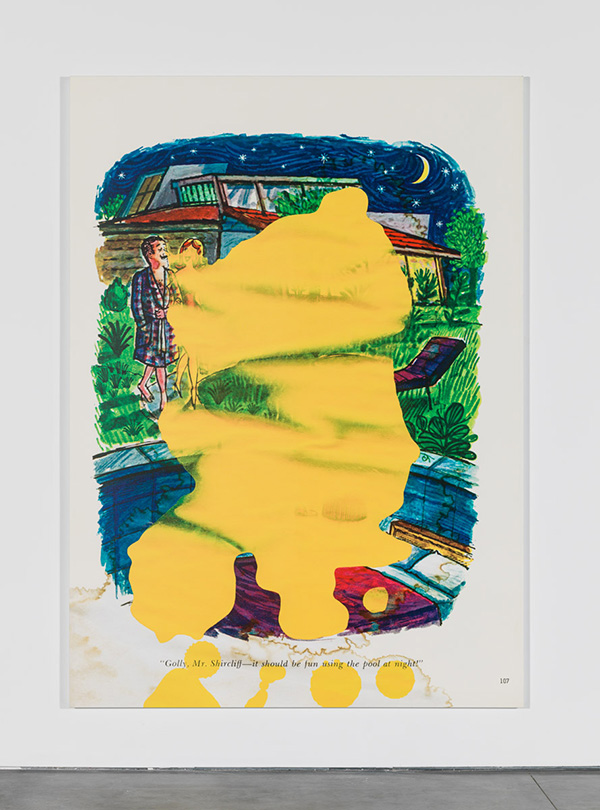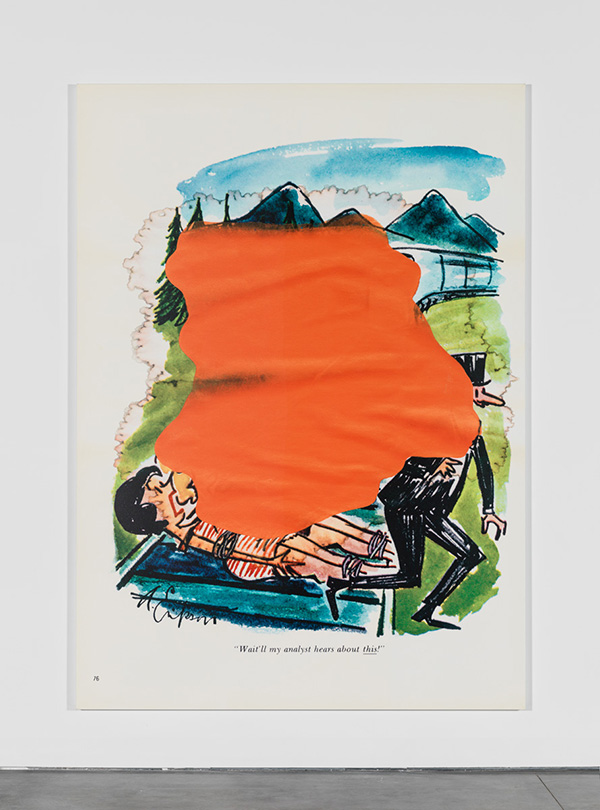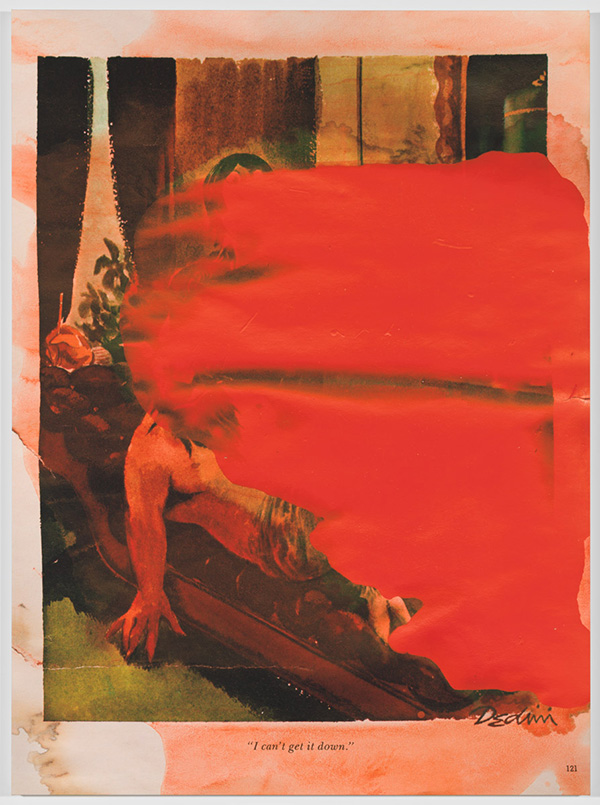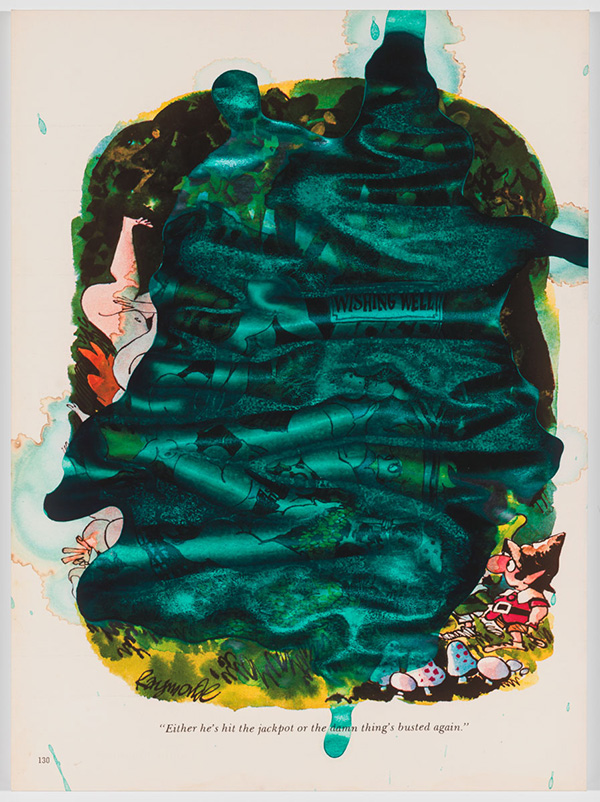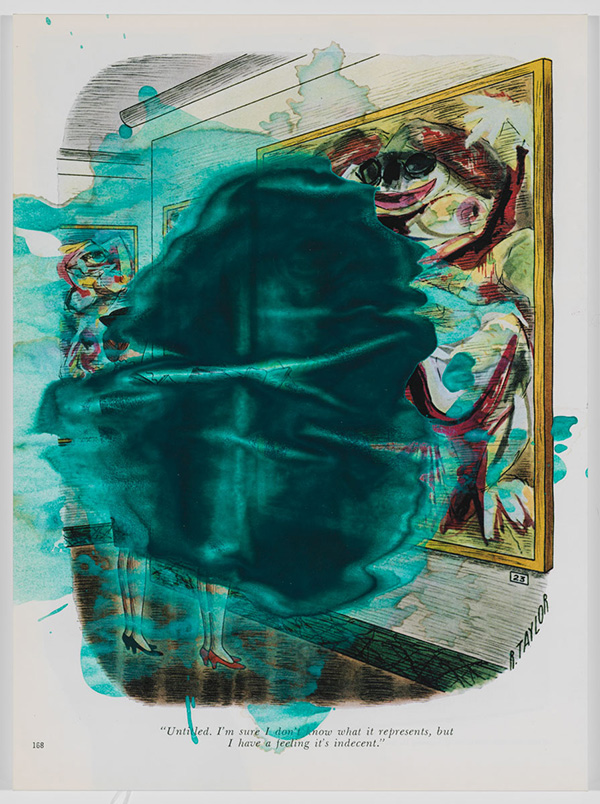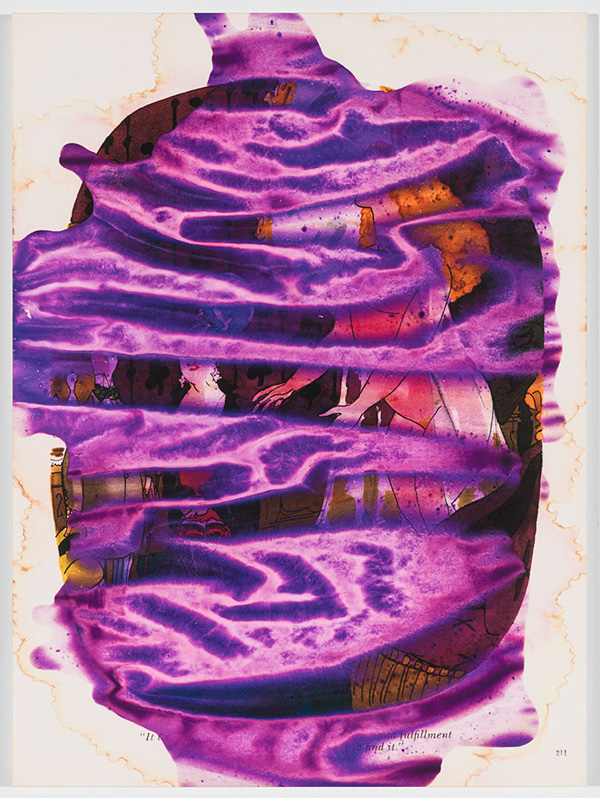ART CITIES:N.York-Richard Prince
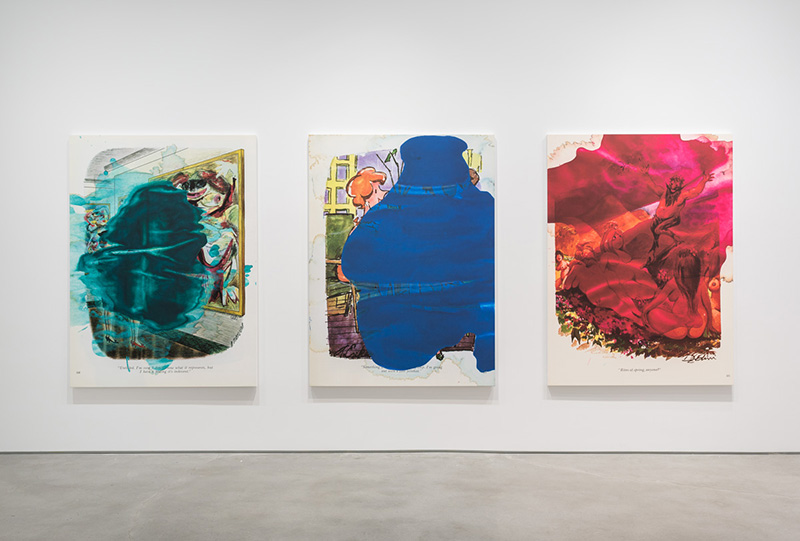 By re-photographing, copying, scanning, and manipulating work of others from mass media, advertising and entertainment since the late 1970s, Richard Prince has crafted a technique of appropriation and provocation. Drawing his subjects from subcultures and cultural cliches, Prince also demonstrates how easily we accept marketing messages and stereotypes, and how dependent these icons are on the context in which they are presented.
By re-photographing, copying, scanning, and manipulating work of others from mass media, advertising and entertainment since the late 1970s, Richard Prince has crafted a technique of appropriation and provocation. Drawing his subjects from subcultures and cultural cliches, Prince also demonstrates how easily we accept marketing messages and stereotypes, and how dependent these icons are on the context in which they are presented.
By Dimitris Lempesis
Photo: Gladstone Gallery Archive
Richard Prince presents his solo exhibition “Ripple Paintings” at Gladstone Gallery. The series comprises recent works that are a semi-realistic preparatory plaster castor fresco with a splash of satiric humor over Whitney Darrow’s* caricatures. The “Ripple Paintings” series are in the middle of two bodies of work: “Super Group” and “High Times”. The series started in 2015 by collecting cartoons from the Playboy magazines from 1967-1970. “The cartoons that were submitted to the magazine were watercolors. That’s what was handed in, delivered to the art director. It was how they were made. Gouache on illustration board. Sketch, wash, and punch line. I bought the magazines on e-bay. I bought thirty-six issues. I flipped thru the magazine and tore my favorite “toons” out of the magazine, put the torn page on the floor, and poured more watercolor on the cartoon”. Richard prince manipulated the cartoons with water and water colors and from there the work evolved and was completed in 2017. Born on in the Panama Canal Zone, Richard Prince moved to a suburb of Boston in 1954. In 1973, after applying to the San Francisco Art Institute without success, he moved to New York, where he became familiar with Conceptual art. Working in the Time-Life Building as a preparer of magazine clippings, he became aware of the possibilities of advertising imagery. Early works such as “Untitled (Cigarettes)” (1978–79) and “Untitled (three women looking in the same direction)” (1980) consist of found advertising images, rephotographed and juxtaposed with one another by the artist. The deliberately artificial look of the photographs linked Prince to contemporaries such as Cindy Sherman and Jack Goldstein, who were also using photography to blur the line between reality and artifice. Prince’s decontextualization of found photographs and inquiry into consumer culture also situated him alongside emerging appropriation artists such as Barbara Kruger and Sherrie Levine. During the early 1980s, Prince developed a process that resulted in grids of juxtaposed images, which he referred to as “gangs”. In works such as “Entertainers” (1982–83), he joined together multiple 35 mm slides of images from advertisements and magazines to form one larger negative, from which the final print was made. Each “gang” focused on a particular pop-culture motif of desire, including car hoods, bikers, pornography, cowboys, and sunsets. He also began taking his own photographs. In his “Cowboy” series (1989), rephotographed images of the iconic Marlboro Man without any advertising text, was an early success. He used similar strategies of appropriation for his “Girlfriends” series (1992), Prince photographed women who had appeared in biker magazines, re-creating their magazine images, and his “Nurse” paintings (2003), drawn from the covers of pulp fiction novels.
* Whitney Darrow was a prominent American cartoonist, who worked most of his career for The New Yorker. Darrow, one of the last of the early New Yorker cartoonists–a group that included Charles Addams, James Thurber, Peter Arno, George Price and Mary Petty–published more than 1,500 cartoons in the magazine from 1933 to 1982. He was considered a master draftsman and, in contrast to some of his colleagues, he wrote his own captions.
Info: Gladstone Gallery, 515 West 24th Street, New York, Duration: 3/11-22/12/17, Days & Hours: Tue-Sat 10:00-18:00, www.gladstonegallery.com
